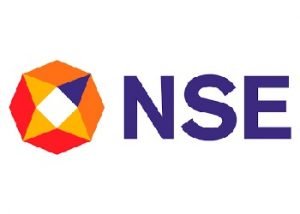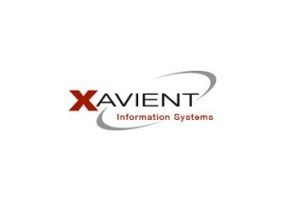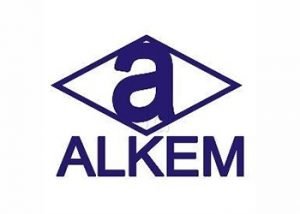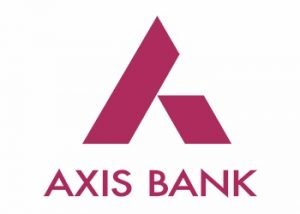Towards Higher
Realms Of Life
🎓 Admissions Open for 2025–26 — Apply for Bachelor of Computer Applications, Bachelor of Business Administration, Bachelor of Fashion Design, B.Sc. Medical Laboratory Science, Bachelor of Hotel Management & Catering Technology, Bachelor of Vocation in Travel and Tourism Management
About Us
Welcome To Trinity Institute Of Management And Technology
Trinity Institute of management & Technology, Jalandhar affiliated to IKG Punjab Technical University Kapurthala is a premier educational institution dedicated to provide high quality education in the fields of management, technology, medical lab sciences and fashion designing. Established in 2018 with the mission of fostering academic excellence, innovation and social responsibility, we strive to create a community of scholars, researchers and professionals who can make a positive impact in the world. It's located at Guru Gobind Singh Avenue, Chogitty, Jalandhar, Punjab. The institution is run byDiocese of Jalandhar.
Read More

Campus
Nestled in a serene and green environment, our campus offers an ideal setting for academic pursuit and personal growth...

Events
At TIMT, student life goes far beyond the classroom. Our campus hosts a wide range of cultural, academic, and extracurricular events...

College Cabinet
At Trinity Institute of Management and Technology, we take immense pride in our students and faculty's outstanding achievements...
Voices of Our Students
Hear from our students about their transformative journeys at TIMT.

Tanu
B.Sc Fashion Design Student
Trinity Institute has been instrumental in shaping my fashion career. The faculty's guidance and industry exposure have helped me grow creatively and professionally. I'm grateful for the opportunities and support I've received here.

Shine
BCA Student
Trinity Institute's BCA program has been a game-changer for me! The faculty's expertise and mentorship have helped me unlock my potential, and the institute's resources have given me a solid foundation for a thriving tech career. I'm excited for the future!

Kamini Kumari
BBA Student
Trinity Institute's BBA program has been life-changing! With its focus on hands-on learning and strong industry ties, I've gained the skills and confidence to take on the business world. Thanks to the amazing faculty and support system, I'm ready to shine!

Kino
B.Sc MLS Student
Trinity Institute's MLS program has been incredible! Hands-on training and expert faculty have prepared me for a successful career in medical diagnostics. I'm confident in my abilities and ready to make a difference.
PLACEMENT PARTNERS
Top Companies Where Our Students Thrive













































































